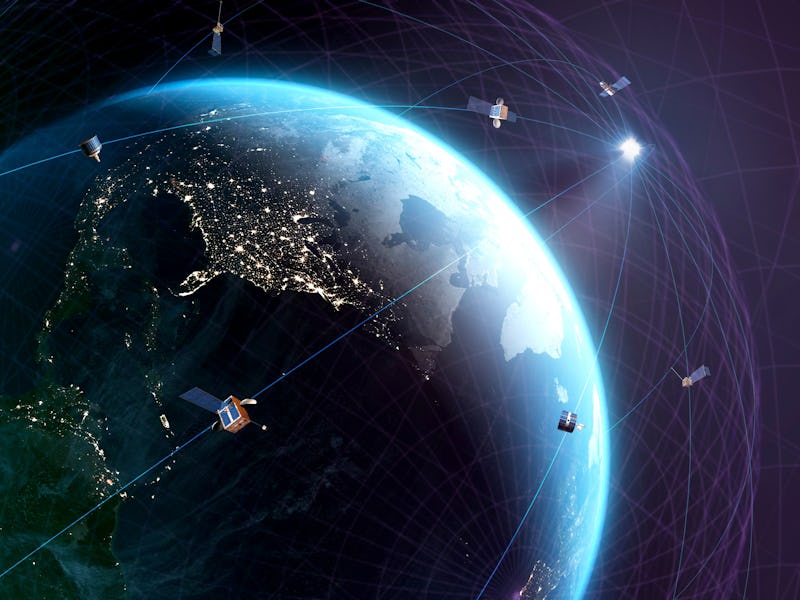Starlink: SpaceX's next launch will bring a huge upgrade to the service
Starlink is feeling the chill.

SpaceX is bringing Starlink to some of the coolest places on Earth.
On Wednesday, Teslarati reported that SpaceX will likely host its second Starlink launch from the west coast of the U.S. as soon as Sunday, October 17. The mission is expected to launch 51 Starlink satellites, complete with optical interlinks that will enable the satellites to bring internet access to Earth’s poles.
It’s another moment of expansion for SpaceX’s under-construction internet constellation, designed to bring high speed and low latency access to almost anywhere in the world. The company first started signing up beta testers in mid-2020, and early reports suggested that users are receiving up to 150 megabits per second.
For the long term, SpaceX has plans for much faster access. A January 2021 presentation suggested the company’s long-term ambition is to provide speeds of up to 10 gigabits per second.
Sunday’s launch is another step on that journey.
Want to find out more about SpaceX’s plans for Starship? Subscribe to MUSK READS+ for exclusive interviews and analysis about spaceflight, electric cars, and more.
SpaceX Starlink launch: Where it will provide coverage
Michael Baylor, a livestream producer with NASA Spaceflight, wrote on Twitter Wednesday that the next batch of Starlink satellites will take off from the Vandenberg Space Force Base between 10:34 a.m. and 11:34 a.m. Pacific time.
This mission is expected to be Starlink Group 2-2. This is expected to launch a second batch of 51 Starlink satellites to a polar orbit, bringing coverage to Earth’s poles.
The launch follows the Starlink Group 2-1 mission on September 14, which launched the first batch of 51 satellites from the same location.
“These are V1.5 Starlinks with laser inter-satellite links, which are needed for high latitudes & mid ocean coverage,” SpaceX CEO Elon Musk wrote on Twitter ahead of the September launch.
SpaceX launches the 28th batch of Starlink satellites on May 15, 2021.
SpaceX Starlink launch: How it will enable faster internet
SpaceX has launched over 1,000 satellites since the first in May 2019. The satellites orbit at an altitude of around 550 kilometers, or 340 miles.
Most of these satellites connect to the internet by establishing a connection with a user’s satellite dish and a SpaceX-operated ground station. That means the satellites either have to see a ground station, or a relay point that can communicate with another craft with a connection to a station.
In January 2021, SpaceX launched a test batch of Starlink satellites designed to make this setup work a little better. The 10 satellites were fitted with laser links, which meant they could communicate directly with each other through space rather than bouncing back and forth from Earth.
That could mean much faster speeds in the future. In November 2018, University College London professor Mark Handley released an animation that showed how laser links could work faster than a fiber-optic connection. That’s because light travels around 50 percent faster through a vacuum than it does through glass.
But as the company works to reduce the costs of these lasers, it’s instead using them where necessary — places where it’s much harder to place ground stations.
For the future, these version 1.5 satellites could enable more coverage and faster internet than ever — ideal for those where fiber optic is not an option.
SUBSCRIBE TO MUSK READS+, A PREMIUM NEWSLETTER THAT COVERS THE WORLDS OF ELON MUSK, SPACEX, TESLA, AND EVERYTHING BETWEEN.